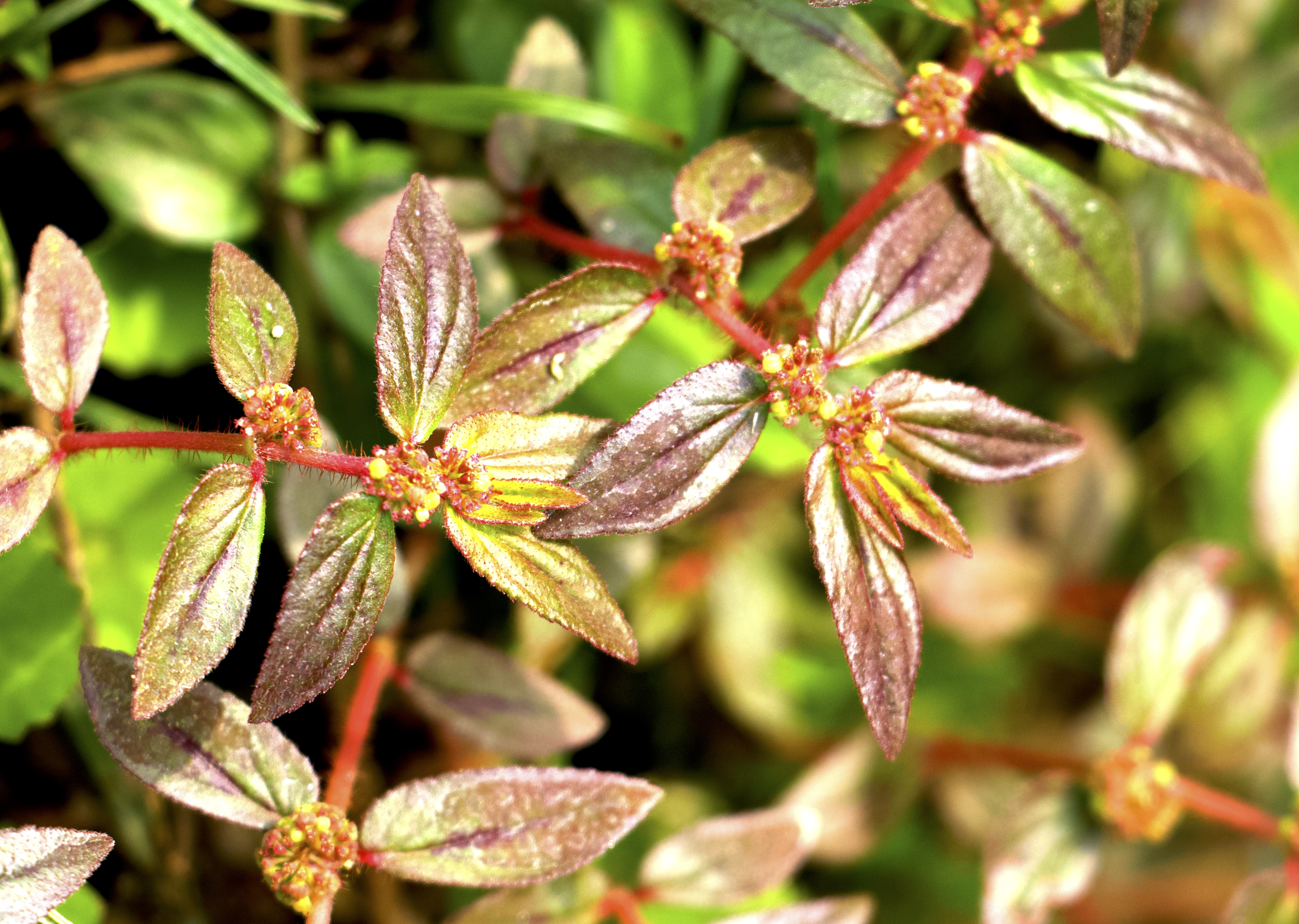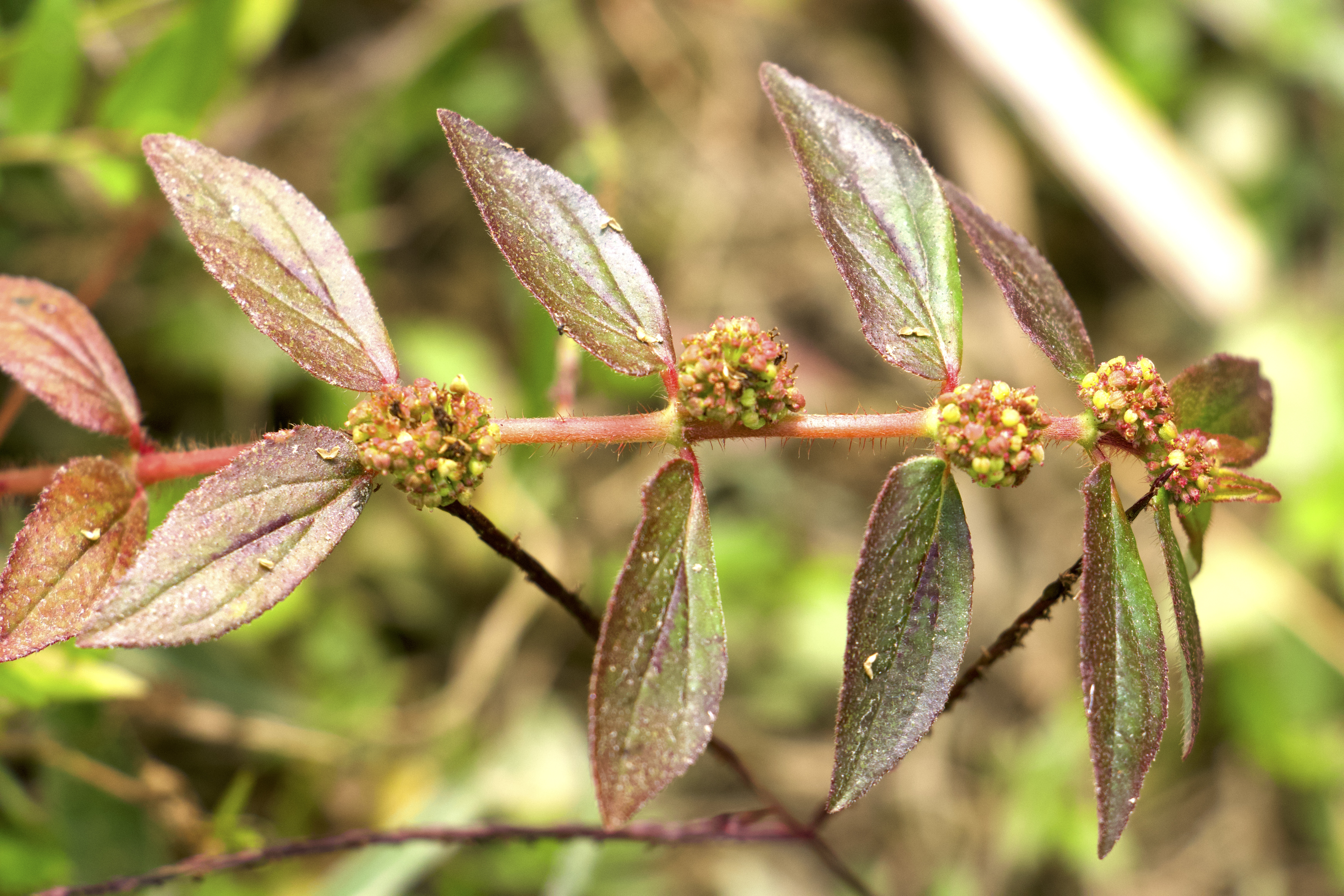

Identification Notes



EPPO CodeEPHHI |
Life CycleAnnual |
MorphologyStem: ascending, much branched from the base, branches often reddish, clothed with brownish crisp hairs, have milky sap. Leaves: opposite, elliptic-oblong to oblong-lanceoate, minutely toothed, nerves distinct. Inflorescence: cyathium, terminal or axillary, dense in cluster. Fruit: a capsule, three angled Seed: red brown. |
Growing seasonRabi and Kharif |
Germination periodJanuary to December |
Flowering periodJanuary to December |
PropagationBy seed |
HabitatFound in pulse crops, sunhemp, fallow lands, roadsides, homesteads and bank of ponds. |
Weed potentialTraditionally used to treat respiratory system disorders including bronchitis, asthma, hay fever, emphysema, coughs, colds and laryngeal spasm, though in modern herbalism it is more used in the treatment of gastrointestinal disorders, including intestinal parasites, diarrhoea, peptic ulcers, heartburn, vomiting and amoebic dysentery. The plant is also used as a diuretic to treat uro-genital diseases, such as kidney stones, menstrual problems, sterility and venereal diseases. |
Control measureManual weeding or Chemical weed control |
Recommended herbicideOxadiazon at 0.75-1.0 kg/ha, 2,4-D at 500 g/ha or Metsulfuron at 4 g/ha |
DistributionTropical and Sub-tropical America |
Medicinal propertiesEuphorbia hirta is often used traditionally for female disorders, respiratory ailments (cough, coryza, bronchitis, and asthma), worm infestations in children, dysentery, jaundice, pimples, gonorrhea, digestive problems, and tumors (Kumar et al. 2010). |
References[1] Kumar S, Malhorta R, Kumar D. 2010. Euphorbia hirta: Its chemistry, traditional and medicinal uses, and pharmacological activities. Pharmacogn Rev. 4(7): 58–61. 10.4103/0973-7847.65327 |